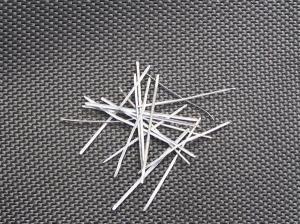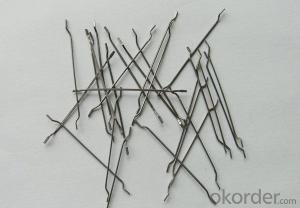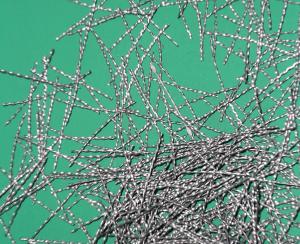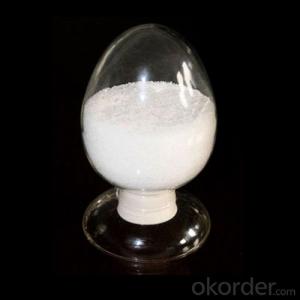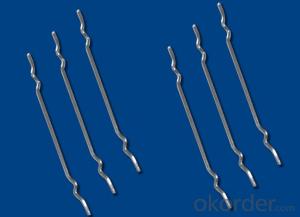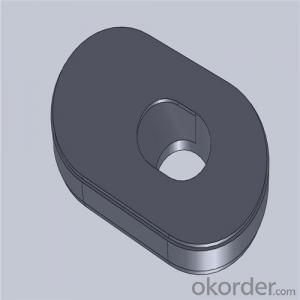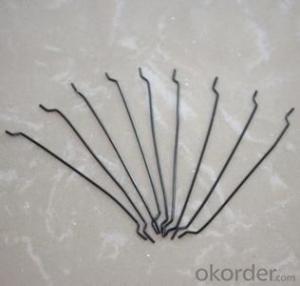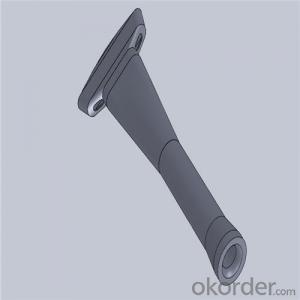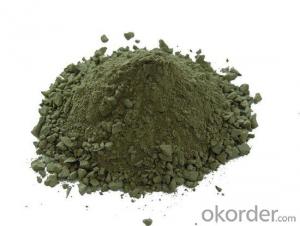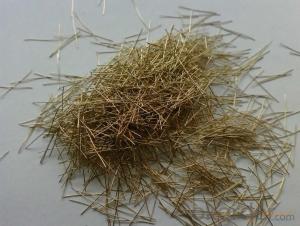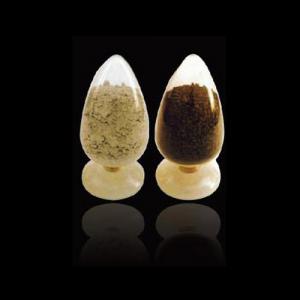All Categories
- - Steel Wire Rod
- - Steel Coils
- - Steel Profiles
- - Steel Pipes
- - Stainless Steel
- - Tinplate
- - Special Steel
- - Steel Sheets
- - Steel Rebars
- - Steel Strips
- - Hot Rolled Steel
- - Cold Rolled Steel
- - Pre-painted Steel
- - Seamless Steel Pipe
- - Welded Steel Pipe
- - Hollow Steel Tubes
- - Galvanized Pipe
- - Stainless Steel Coil
- - Stainless Steel Sheet
- - Stainless Steel Plate
- - Stainless Steel Strips
- - Electrolytic Tinplate Coil
- - Electrolytic Tinplate Sheet
- - Stainless Steel Rebars
- - Solar Panels
- - Solar Water Heater
- - Solar Related Products
- - Solar Inverter
- - Solar Cells
- - Solar Light
- - Solar Energy Systems
- - Solar Controllers
- - Solar Mounting System
- - Solar Pump
- - Solar Chargers
- - Fiberglass Chopped Strand
- - Fiberglass Mesh Cloth
- - Composite Pipes
- - FRP Pultrusion Profiles
- - Fiberglass Mat Tissue
- - Fiberglass Fabrics
- - Fiberglass Mesh
- - Composite Tank
- - Fiberglass Mesh tape
- - Polymer
- - FRP Roofing Panel
- - Fiberglass Roving
- - Monolithic Refractories
- - Ceramic Fiber Products
- - Refractory Bricks
- - Raw Materials For Refractory
- - Suspended Platform
- - Cranes
- - Concrete Machinery
- - Earthmoving Machinery
- - Building Hoist
- - Road Building Machinery
- - Plastic Pipe Fittings
- - Plastic Tubes
- - Plastic Sheets
- - Agricultural Plastic Products
- - Plastic Nets
Q & A
What are the key factors to consider when selecting monolithic refractories?
When selecting monolithic refractories, the key factors to consider are:
1. Temperature range: The refractory material should be able to withstand the operating temperature of the application without losing its strength or integrity.
2. Chemical compatibility: It is important to ensure that the refractory material is resistant to the chemical environment it will be exposed to, such as acids, alkalis, or other corrosive substances.
3. Abrasion resistance: Depending on the application, the refractory material should have good resistance to abrasion and erosion caused by the movement of materials or gases.
4. Thermal shock resistance: The refractory should be able to withstand sudden temperature changes without cracking or spalling.
5. Installation method: Consideration should be given to the ease of installation and the required curing time of the refractory material.
6. Cost: The cost of the refractory material, including its initial cost, maintenance, and replacement, should be taken into account.
7. Performance history: It is important to consider the track record and performance of the refractory material in similar applications to ensure its reliability and durability.
Are monolithic refractories suitable for use in foundries?
Yes, monolithic refractories are suitable for use in foundries. Monolithic refractories are versatile and offer several advantages such as easy installation, high strength, and resistance to thermal shock and chemical attack. They can be used for lining various furnaces and vessels in foundries, providing excellent insulation and durability under high temperatures and harsh conditions.
How do monolithic refractories handle rapid temperature changes?
Monolithic refractories are designed to handle rapid temperature changes by possessing high thermal shock resistance. This means that they can withstand sudden and extreme fluctuations in temperature without cracking or breaking. Their composition and structure allow them to expand and contract uniformly, minimizing the stress caused by thermal cycling. Moreover, the absence of joints or seams in monolithic refractories eliminates potential weak points, making them more resistant to thermal shock.
Can monolithic refractories be used for lining ladle impact pads and dams?
Yes, monolithic refractories can be used for lining ladle impact pads and dams. Monolithic refractories are versatile and can be shaped and installed to form impact pads and dams to protect the ladle from the high impact and heat during metal pouring. They provide excellent resistance to thermal shock, erosion, and mechanical wear, making them suitable for these applications.
Wholesale Monolithic Refractories from supplier in Cuba
We are a Monolithic Refractories supplier serving the Cuba, mainly engaged in the sale, quotation, and technical support services of various Monolithic Refractories products in the Cuba region. We are a subsidiary platform of the Fortune Global 500 company CNBM, able to provide you with one-stop Monolithic Refractories procurement services in the Cuba. Not only do we have a wide range of Monolithic Refractories products, but after years of market development in the Cuba, we can also provide valuable experience for your projects.
Hot Search
- Monolithic Refractories in Sri Lanka
- Ceramic Fiber Products in Slovenia
- Refractory Bricks in Fiji
- Raw Materials For Refractory in Bahrain
- Refractory Bricks in Senegal
- Raw Materials For Refractory in Guinea
- Monolithic Refractories in Tunisia
- Refractory Bricks in France
- Monolithic Refractories in Andorra
- Raw Materials For Refractory in Indonesia

